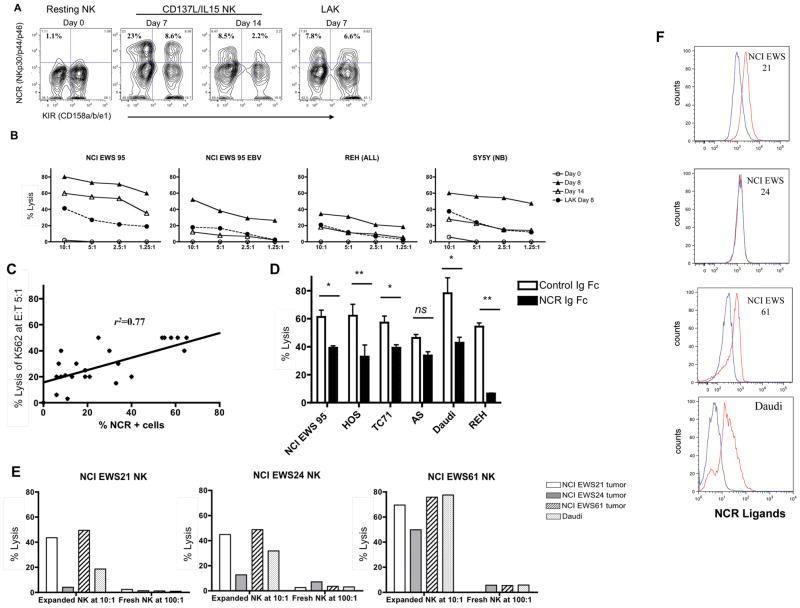Figure 4. CD137L/IL15 NK cytolysis is highly dependent upon NCR signaling.
(A) NCR (NK p30, p44, p46) expression levels are minimal on d0, peak on d7 and diminish by d14 on CD137L/IL15 NK cells, whereas d7 NCR levels on LAK cells are similar to d14 NCR levels of CD137L/IL15 NK cells. Results are representative of 4 experiments using 4 different NK donors, though peak NCR expression varied from d7-d10. (B) Cytolysis of tumor or EBV LBL cell lines by CD137L/IL15 NK cells (or LAK where indicated) correlates NCR expression on days shown in A. Data representative of three experiments. (C) Percent CD137L/IL15 NK cells expressing NCRs correlates with lysis of K562. Each dot represents a separate assay (including phenotyping and lytic) on day 6, 8, 10, 13 or 14, using 3 donors. (D) Tumor cytolysis (E:T ratio of 2.5:1) is diminished NCR-Ig Fc fusion protein cocktail (NKp30-Fc, p44-Fc, p46-Fc and p80-Fc, closed symbol), compared to a control fusion protein (closed symbol, CTLA4-Ig). Results are summarized from three experiments using NK cells from separate individuals against HOS (osteosarcoma), NCI EWS 95 and TC71 (Ewing’s sarcoma), Daudi (lymphoma), REH (ALL blasts), AS (neuroblastoma). (E) Autologous and allogeneic CD137L/IL15 NK cells potently kill NCIEWS21, and NCIEWS61, but minimally kill NCIEWS24. Resting NK cells do not lyse either autologous or allogeneic tumors despite co-culture at high E:T ratios (100:1). (F) Significant binding of CD137L/IL15 NK sensitive NCIEWS21 and NCIEWS61 to an NCR ligand-Fc cocktail including NK –p30, –p44, –p46, –p80 (red line) labeled with Zenon vs. control CTLA4-Fc (blue line). The NK resistant line, NCIEWS24, does not express NCR ligands.

